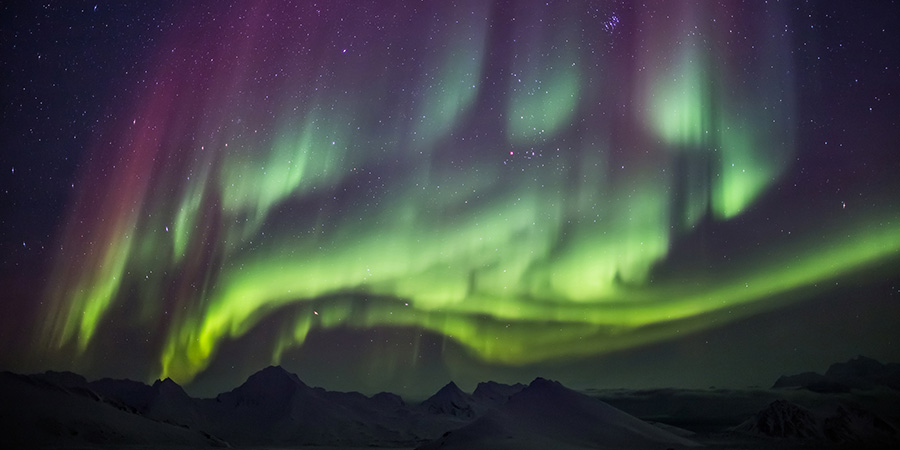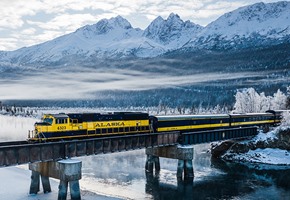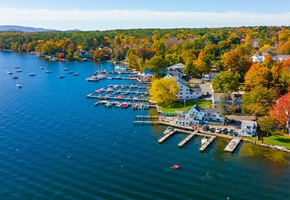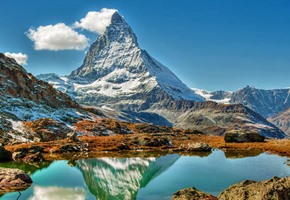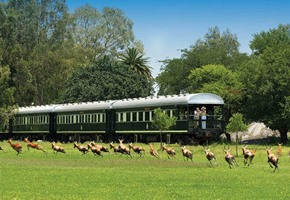Roald Dahl famously wrote, "Those who don't believe in magic will never find it," but if you look up in the night sky in Alaska, the magic is just beyond the horizon. The aurora borealis, also known as the northern lights, is one of the most incredible natural phenomena on the planet. When the conditions are just right, shades of red, purple, blue, and green dance across the atmosphere, providing a show like no other. The closer you get to the arctic circle, the better they are. Luckily, you do not have to go far for optimal aurora viewing, as one of the best places in the world to see the northern lights is right in America's Last Frontier, Alaska. Read on to find the answers to your most pressing questions about this spectacular display.
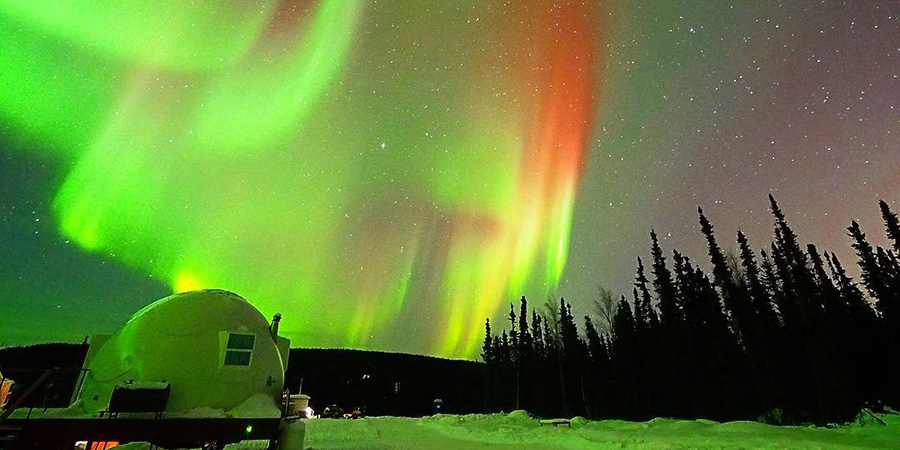
First and foremost, what is the aurora borealis?
The explanation behind the beauty is quite simple. As solar flares and winds occur on the sun, charged particles shoot into the atmosphere. Sometimes, these particles make their way into the earth's atmosphere, and as they enter, they are drawn toward the magnetic poles - hence why the northern lights are best seen around the arctic circle. The various gasses that make up our atmosphere collide with the incoming particles to create the visual wonder that is the aurora borealis.
The colors that spring forth due to this impact are created by the various gasses that the particles interact with as they enter the atmosphere. The height at which the collision takes place plays a contributing factor, as well. Hitting nitrogen creates lovely shades of red, whereas oxygen interactions can release yellows and green. Blues and purples are also possible, thanks to hydrogen and helium-a kaleidoscope of colors ripples through the sky when all these elements combine.
Why are the northern lights in Alaska so impressive?
Alaska's location in the far north puts much of the state within the auroral oval. What remains of the state is within its periphery. This means that the aurora borealis occurs every day of the year in Alaska, whether it is visible to the naked eye or not. Furthermore, the lights can be seen throughout the state, from Fairbanks and Barrow in the north to Anchorage in the South-Central region. The further you get from the municipalities and big cities, the better the views. Especially out in nature, viewing the northern lights is a breathtaking experience. Fortunately, there is no shortage of wilderness, as Alaska spans over 665,000 square miles, and much of it is undeveloped, rife with natural beauty, and free of light pollution.
Another contributing factor to Alaska's status as a northern light viewing hotspot is its extreme daylight hours. In the summer, some far-north locations see as many as 24 hours a day of sun, while the winter offers darkness for months. The longer the night is, the more opportunities you have to catch a glimpse.
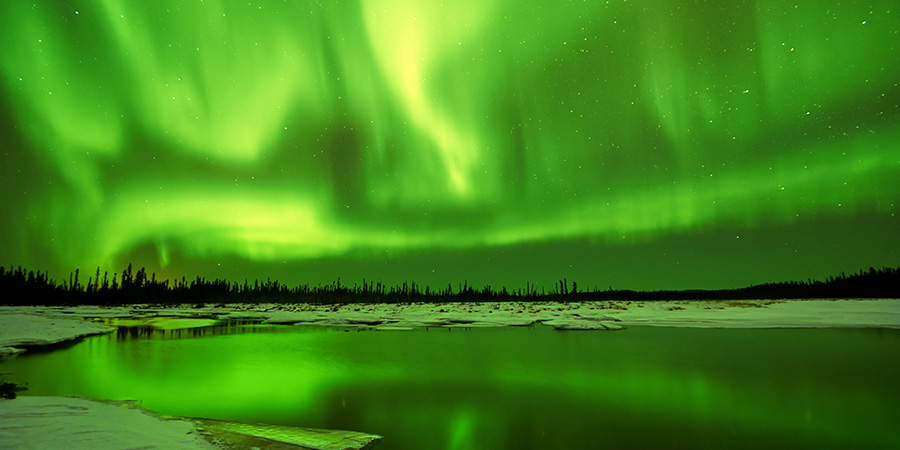
When is the best time for viewing the northern lights in Alaska?
The prime viewing season for the aurora borealis falls between late August and late April in Alaska. August marks the end of the summer season, and as such, the days begin to shorten and the weather shifts, becoming increasingly rainy, then snowy, as the fall and winter unfold. Daylight hours decrease daily until there are significantly more hours of darkness than light at the peak of the winter. It is no coincidence that the darkest days of winter are the best for aurora viewing.
However, traveling to Alaska during this time does not guarantee a front-row seat to nature's glorious display. The aurora borealis can be unpredictable, and certain conditions, like the sky and solar activity, can increase or decrease your chances of success. In addition to choosing a clear night, it is essential to head out at the correct time. Most of the northern lights in Alaska appear in the sky between 9 p.m. and 2 a.m.
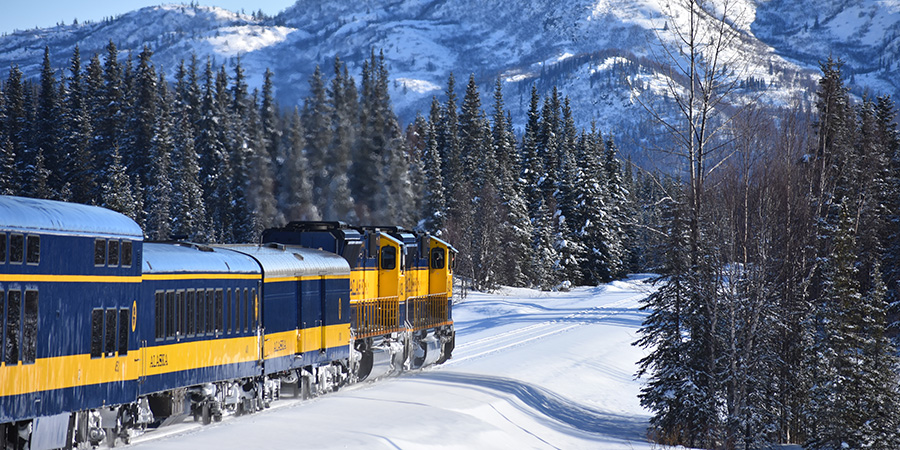
Are some places better than others for catching the show?
Most locales throughout Alaska present a view of the lights during the darkest times of the year. You can see the aurora borealis in big cities like Anchorage and Juneau, though their positioning may be lower on the horizon than you may expect. Fairbanks is one of the best places to see the northern lights in Alaska - and the world as a whole.
While Fairbanks is one of the largest cities in the state, its ideal positioning under the auroral oval and its abundant surrounding nature provide the perfect combination for aurora viewing success. Visitors can take the Alaska Railroad's Denali Star or Aurora Winter Train from Anchorage to Fairbanks, which makes traveling to the remote destination as scenic as it is convenient. Whether you stay in the city or venture to its outskirts to places like Murphy's Dome - a popular stargazing spot - or resorts like Borealis Basecamp or Chena Hot Springs Resort, there is no wrong way to spend your time here.
You may wish to travel even further north on the gorgeous Dalton Highway, passing through some of the most isolated regions of Alaska to Prudhoe Bay on the coast of the Arctic Ocean. The opportunities to view the northern lights are plentiful both from the byway and the destinations that lie upon it. Heading south from Fairbanks, Denali National Park, home to the highest peak in the United States, is another place that tops the list of the most impressive northern light viewing spots in Alaska.
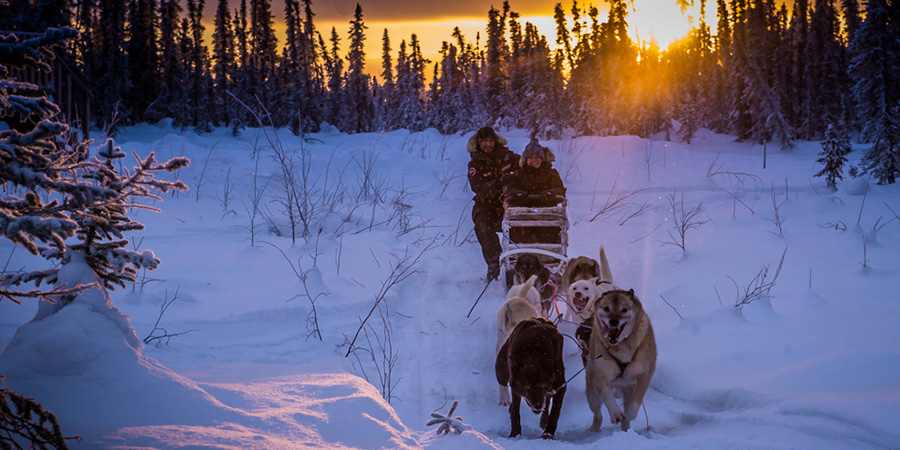
How can you succeed in spotting the aurora borealis?
In the past, northern light hopefuls had to chance it; they had to head out and hope for clear skies. We have technology on our side these days, but some tips remain timeless.
- Tip 1: Avoid light pollution. The deeper into nature you are, the better your views will be.
- Tip 2: Check the aurora forecast. Scientists have figured out a way to predict the location and intensity of the northern lights based on atmospheric and solar conditions.
- Tip 3: Stay awake and be patient. You might not see the lights immediately, so you may have to keep at it for a few hours. Do not be scared to change locations in search of clearer skies.
- Tip 4: Dress for the occasion. Since you will most likely be outside and the prime viewing season is in the winter and early spring, wear appropriate attire. It would be a shame to tap out of the experience due to being underprepared.
- Tip 5: Avoid aurora borealis hunting during a full moon. The brightness of the moon can overpower the subtle hues of the lights.
- Tip 6 (the most obvious of all): Do not forget to look north.
A northern light viewing vacation is an experience you will remember for a lifetime. Pepper your itinerary with authentic Alaskan experiences during the day to make the most of your time in this wild terrain. Consider excursions like ice fishing, dog sledding, skiing, tubing, or glacier climbing to complement your itinerary.
If composing your journey is not your style, let us help. Vacations By Rail offers several packages that allow you to see the northern lights in Alaska, including Aurora Viewing at Chena Hot Springs, Aurora Viewing at Bettles Lodge, and Northern Lights at Borealis Basecamp. Contact us today for more options or help choosing the best package for your travel needs.

